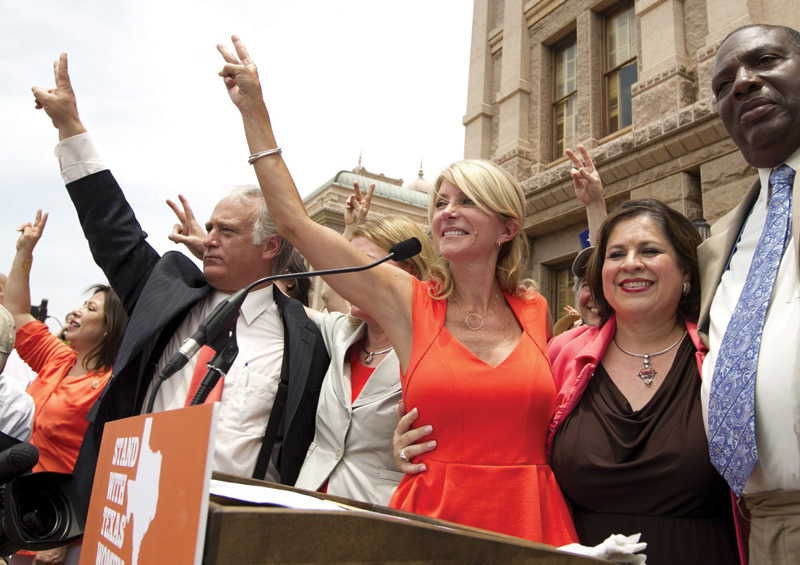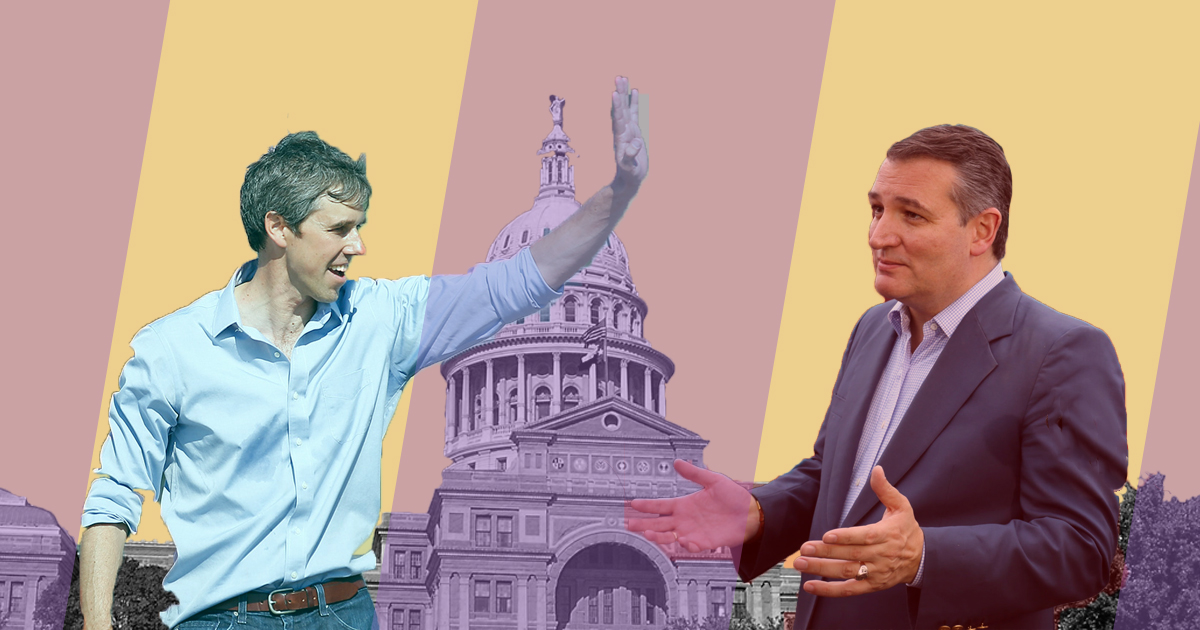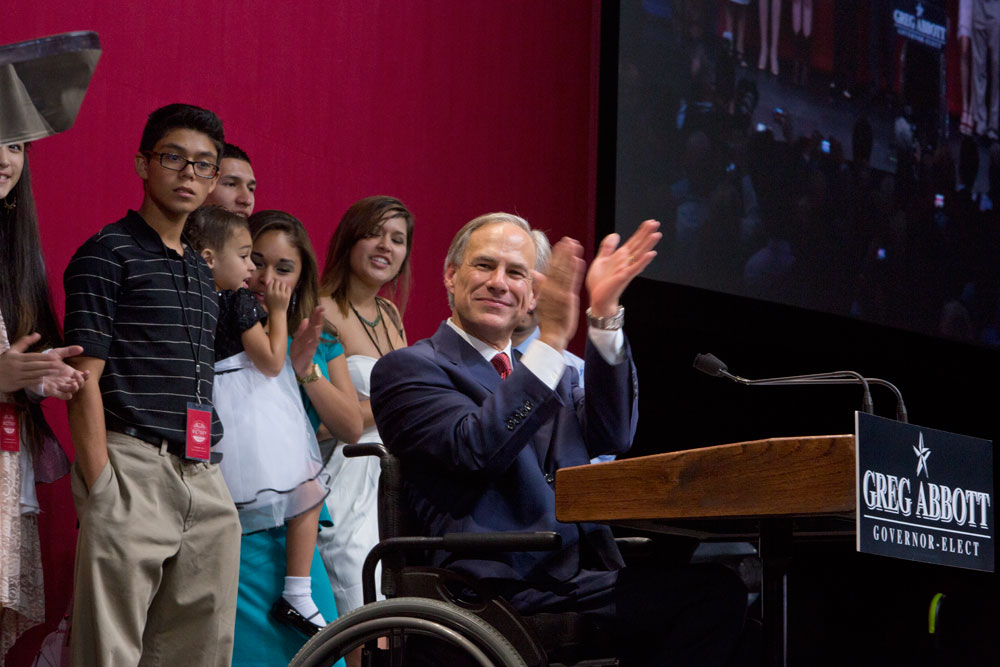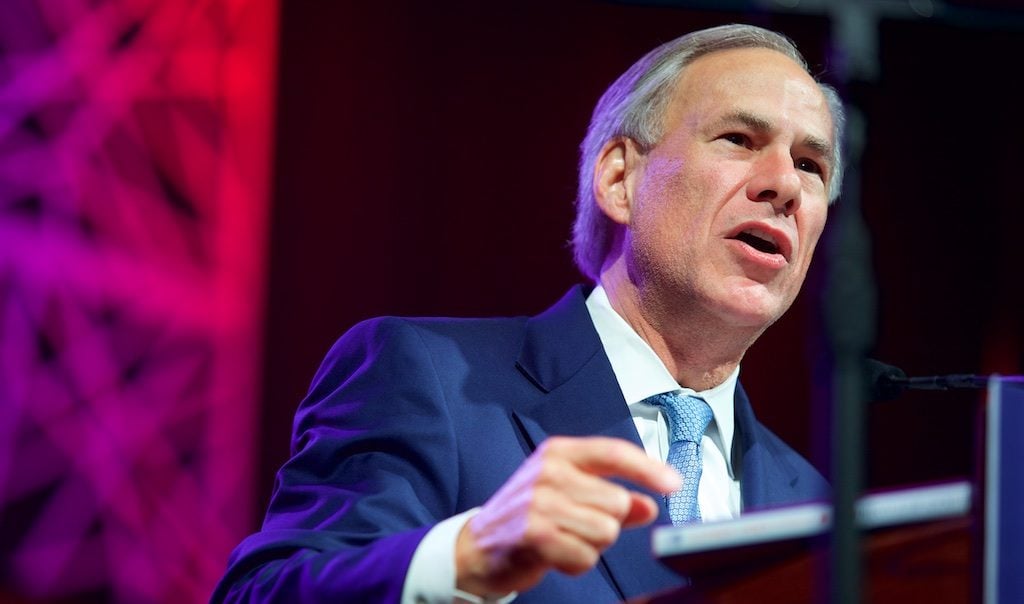
Wendy Davis and Leticia Van de Putte’s Paths to Victory Diverge

A version of this story ran in the August 2014 issue.
When Wendy Davis and Leticia Van de Putte joined other Democrats in the Texas Senate chamber to stage the filibuster that briefly derailed abortion restrictions last summer, it was a united effort, even if the two played different roles. Davis stood atop the operation, placing her body between the bill and the governor’s signature. Van de Putte stood to the side, in a critical and vocal supporting role.
A year and change later, they’re in the same formation: Davis on top, the ostensible CEO of Democrats’ 2014 push for statewide office, and Van de Putte below, further from the public eye, riling up the believers when she can. But while this division of labor served the two well in the filibuster, it’s not clear if it will work for the general election. There were visible fault lines at June’s Texas Democratic Party convention in Dallas that could threaten party unity. Davis and Van de Putte may want the same thing, but they have very different opponents, very different styles and very different organizations backing them.
Davis’ campaign is banking heavily on independent voters, the kind of people who helped her retain a slightly right-leaning senate district in Fort Worth. The campaign has leaned to the middle on guns, the border and abortion, and hammered Greg Abbott on issues that aren’t overtly ideological—disclosure of chemical stockpiles, equal pay, the idea that he’s an “Austin insider.” The Davis campaign may have lost some left-wing enthusiasm, but it hopes to convince voters who might otherwise be happy with the status quo that Abbott can’t be trusted, while relying on the former Obama staffers at Battleground Texas to help turn out the base.
Van de Putte’s approach is different. In part, that’s because she faces an opponent, Dan Patrick, who seems intent on alienating moderates. While he’s doing that, Van de Putte is more comfortable rousing the Democratic base. Her campaign’s efforts will be directed more toward driving turnout. That’s partly because her campaign will be working with a fraction of the resources that Davis has—it’s cheaper to motivate voters to the polls than to win over halfhearted Republicans.
Those strategies might ordinarily complement each other, except for the unusual way this year’s campaigns are structured. Davis’ operation, which ties together a campaign team of veterans from past statewide efforts with the field work of Battleground Texas, will need to continue to vacuum up millions of dollars to stay competitive with Abbott. And though Battleground plans to support the Democratic ticket generally, that money is mostly benefiting Davis—Battleground is looking for voters for her, specifically. Which means, realistically, that more money for Davis’ operations means less for Van de Putte, whose campaign reported just $1.16 millon on hand in the latest fundraising period.
That’s an unfortunate dynamic, because there’s a strong case to be made that Van de Putte has a more realistic path to victory than Davis does at this point in the campaign. Patrick is a better opponent to run against. Van de Putte has a better shot at driving up the Hispanic vote, Texas Democrats’ white whale. And though both Davis and Van de Putte have improved as campaigners since their launch, Van de Putte has improved immeasurably.
At the convention, she set the crowd on fire—her speech, not Davis’ keynote, was the highlight of the night.
How each candidate performs this fall could mean quite a bit. If Davis significantly outperforms expectations, it will validate her campaign team and Battleground’s efforts. But if Van de Putte significantly outperforms Davis, it could be seen as a rebuke to those same groups. And if she comes closer to victory but still loses, there will be a lot of consternation that Van de Putte didn’t get the resources she needed.


